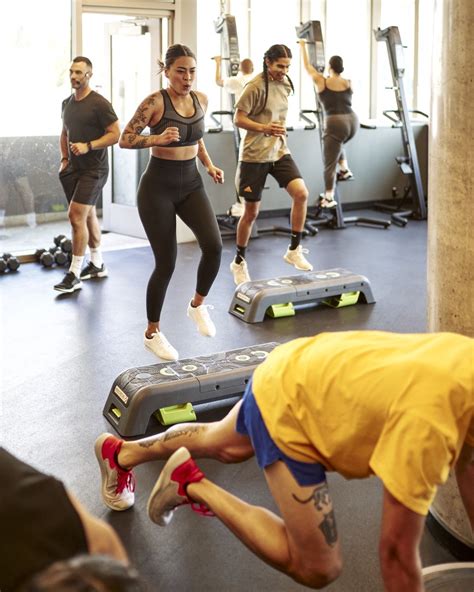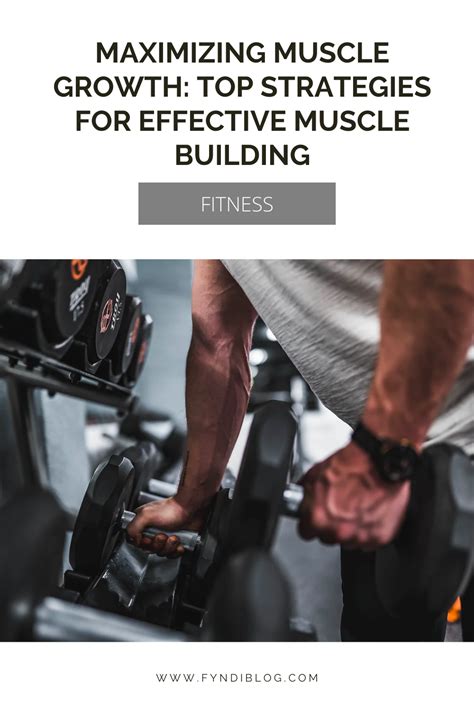Maximize gym performance: What’s the most efficient workout split?

When it comes to building strength, gaining muscle, or enhancing overall athletic performance, your workout split is more than just a schedule; it’s the strategic framework that dictates how you challenge your body, allow it to recover, and ultimately adapt. The quest for the ‘most efficient’ split is common among gym-goers, but the answer isn’t a one-size-fits-all solution. Instead, it lies in understanding the principles of training and how different splits align with individual goals, experience levels, and lifestyle.

Understanding Workout Split Efficiency
Efficiency in a workout split boils down to how effectively it balances three critical components: training frequency, volume, and intensity, all while allowing for adequate recovery. The goal is to stimulate muscle growth and strength adaptation without overtraining or hindering progress. A truly efficient split maximizes the anabolic window, ensures muscles are sufficiently challenged, and provides enough rest for repair and growth.
Key Principles
- Frequency: How often you train a specific muscle group. Higher frequency generally leads to better gains, up to a point.
- Volume: The total amount of work performed (sets x reps x weight).
- Intensity: The level of effort and weight used relative to your maximum capacity.
- Recovery: Adequate rest and nutrition are paramount for muscle repair and growth.
- Progressive Overload: Consistently increasing the demands on your muscles over time is non-negotiable for progress.

Exploring Popular Workout Splits
Let’s dive into some of the most common workout splits and analyze their potential for efficiency:
Full Body Workout Split
In this split, you train all major muscle groups in each session, typically 2-4 times a week. It offers high training frequency per muscle group, which is excellent for beginners and those looking to build a foundational level of strength and muscle. The efficiency comes from hitting muscles multiple times a week, stimulating protein synthesis more often. However, total volume per muscle group per session must be moderate to prevent excessive fatigue.
Upper/Lower Split
This split divides your body into upper body and lower body workouts, often performed 4 times a week (e.g., Upper, Lower, Rest, Upper, Lower, Rest, Rest). It allows for greater volume per muscle group compared to full-body training while maintaining a decent frequency (twice a week). This split is highly versatile and effective for both strength and hypertrophy for intermediate to advanced lifters.
Push/Pull/Legs (PPL) Split
The PPL split categorizes exercises by movement pattern: Push (chest, shoulders, triceps), Pull (back, biceps), and Legs (quads, hamstrings, glutes, calves). A common schedule involves training 3 or 6 days a week (e.g., Push, Pull, Legs, Rest, Push, Pull, Legs). This split offers a high frequency for each muscle group (twice a week if done 6x/week) and allows for significant volume per session without overlapping muscle fatigue. It’s incredibly popular among intermediate to advanced lifters seeking balanced development and performance.

Body Part (Bro) Split
This traditional split dedicates each workout to one or two specific muscle groups (e.g., Chest Monday, Back Tuesday, Legs Wednesday, etc.). While it allows for very high volume and intensity for a single muscle group per session, its primary drawback is low frequency—each muscle group is typically trained only once a week. For maximizing performance and protein synthesis, training a muscle group more often tends to be more efficient. This split is often favored by advanced bodybuilders focusing on extreme volume for specific muscle hypertrophy, but it may not be the most efficient for general performance gains.

Choosing Your Optimal Split
The ‘most efficient’ workout split is ultimately the one that you can adhere to consistently, that aligns with your goals, and allows for progressive overload. Here are factors to consider:
Consider Your Goals and Experience
- Beginners: Full-body splits are highly efficient for learning movements and building foundational strength due to high frequency and moderate volume.
- Intermediate Lifters: Upper/Lower or PPL splits often provide the optimal balance of frequency and volume for continued progress in strength and hypertrophy.
- Advanced Lifters: While PPL and Upper/Lower remain excellent, some advanced lifters may experiment with variations or even high-frequency body part splits if their recovery and nutrition are perfectly dialed in for specific hypertrophy goals.
Time Commitment and Recovery
Be honest about how many days a week you can realistically commit to the gym. A 6-day PPL split is only efficient if you can consistently show up and recover. If you only have 3-4 days, an Upper/Lower or full-body split would be far more efficient. Likewise, listen to your body; inadequate recovery will negate any benefits of even the ‘best’ split.

The Verdict: There’s No Single “Best”
For most individuals aiming to maximize gym performance, a split that allows for training each major muscle group at least twice a week (like an Upper/Lower or PPL split) often proves to be the most efficient. These splits strike a powerful balance between frequency, volume, and recovery, promoting consistent muscle protein synthesis and facilitating progressive overload. However, the ‘best’ split is dynamic; it may evolve as your goals, experience, and life circumstances change.
Conclusion: Consistency and Adaptation are Key
Ultimately, the secret to maximizing gym performance isn’t just about picking a split; it’s about consistency, disciplined progressive overload, adequate nutrition, and sufficient rest. Experiment with different splits, monitor your progress, and be willing to adapt your training to what works best for your body and your lifestyle. The most efficient workout split is the one that keeps you motivated, progressing, and safely challenging your limits over the long term.









